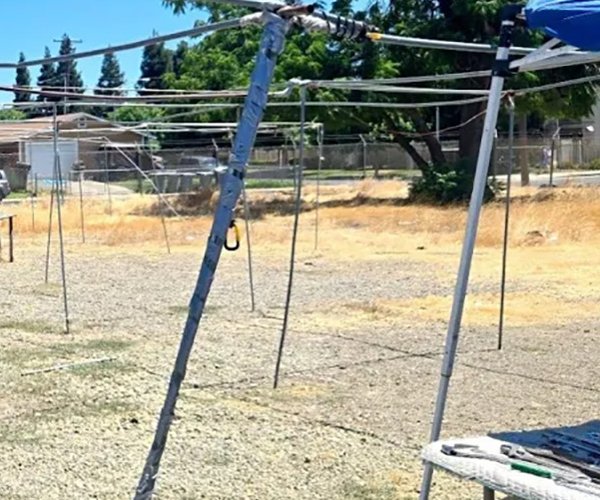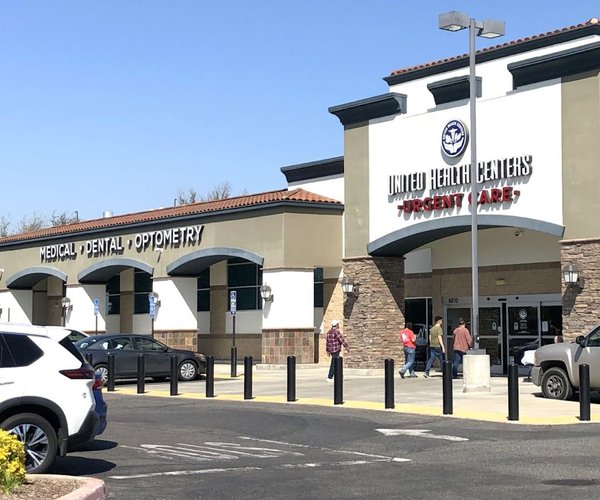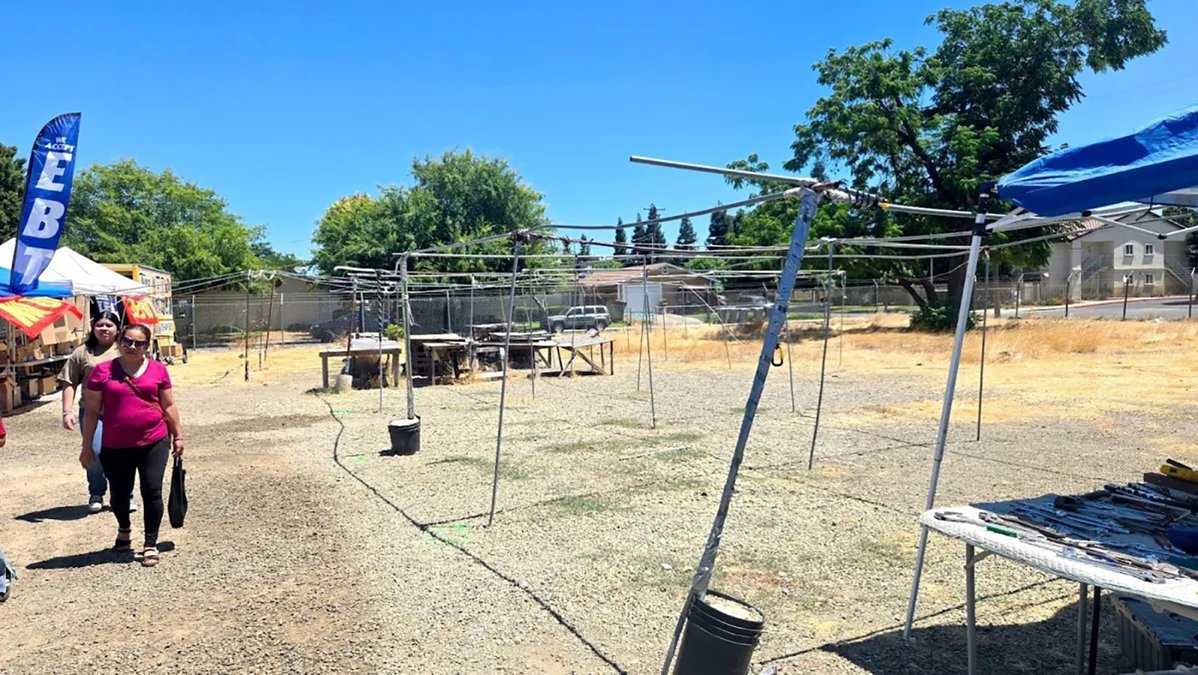State agencies released a new water planning document that contains a number of recommendations to help California cope with more extreme droughts and floods, rising temperatures, declining fish populations, aging infrastructure and other challenges.
The California Natural Resources Agency, California Environmental Protection Agency and California Department of Food and Agriculture developed the full draft of the water resilience portfolio, fulfilling Gov. Gavin Newsom’s April 29 executive order calling for a portfolio of actions to ensure the state’s long-term water resilience and ecosystem health.
The draft was shaped by months of public input and outlines more than 100 integrated actionable recommendations in four broad areas: maintain and diversify water supplies, protect and enhance natural ecosystems, build connections and be prepared.
In order to maintain and diversify water supplies, the state government will continue to help regions reduce reliance on any one water source and diversify supplies to enable flexibility amidst changing conditions. Diversification will look different in each region based on available water resources, but the combined effect will strengthen resilience and reduce pressure on river systems.
The state also plans to protect our natural ecosystems through leadership, effectively setting standards, continuing investments and enacting more adaptive, holistic environmental management to restore the environmental health of key river systems, which serve as habitats for fish and wildlife vital to the area.
State actions and investment included in the portfolio will improve physical infrastructure to store, move and share water more flexibly, thus building connections. The investments will also integrate management through shared use of science, data and technology — something the Turlock Irrigation District was pleased to see in the document.
According to TID External Affairs Department Manager Josh Weimer, the water agency advocated strongly for the inclusion of technologies like new airborne snow survey tech and atmospheric river research in the portfolio. TID has been on the leading edge of water management data like this for years, he said, and is “encouraged” that these methods were included in the draft.
“While we are still in the process of reviewing the portfolio, one element that caught our attention was the inclusion of the use of emerging technologies,” Weimer said. “Water resiliency, reliability and sustainability are foundational elements that have guided TID for over 130 years.”
Ultimately, one of the most important facets of the portfolio is planning for the future. The state — and its individual regions — must prepare for new threats, including more extreme droughts and floods and hotter temperatures. State investments and guidance will enable preparation, protective actions and adaptive management to weather these stresses.
“This draft portfolio has been shaped to provide tools to local and regional entities to continue building resilience and to encourage collaboration within and across regions,” Natural Resources Secretary Wade Crowfoot said. “At the same time, state government needs to invest in projects of statewide scale and importance and tackle challenges beyond the scope of any region. Taken together, the proposed actions aim to improve our capacity to prepare for disruptions, withstand and recover from shocks, and adapt from these experiences.”
To develop the portfolio, state agencies conducted an inventory and assessment of key aspects of California water, soliciting broad input from tribes, agencies, individuals, groups, and leaders across the state. An interagency working group considered the assessment and input from more than 20 public listening sessions across the state and more than 100 substantive comment letters.
“From Northern California to the Central Valley and the South, Californians from cities, farms, and other sectors are working together to develop innovative solutions to the climate-related water challenges that the state is already experiencing and that are expected to worsen,” said California Environmental Protection Agency Secretary Jared Blumenfeld. “This draft portfolio is an important step toward building resilience to ensure the long-term health of our water supplies and ecosystems.”
Members of the public will be able to submit written feedback on the draft portfolio through Feb. 7. A final water resilience portfolio will be released soon after that.
“State agencies are only one set of water decision-makers in California,” CDFA Secretary Karen Ross said. “Continuing to improve our water systems relies on collaboration across all groups of water users and all stakeholders. Accordingly, feedback on this draft will be important to refining and finalizing our portfolio.”
Information on how to submit written feedback on the draft can be found at WaterResilience.ca.gov.









